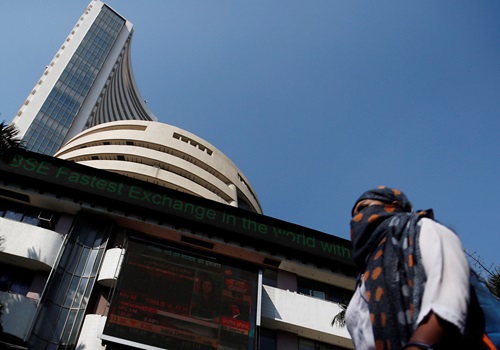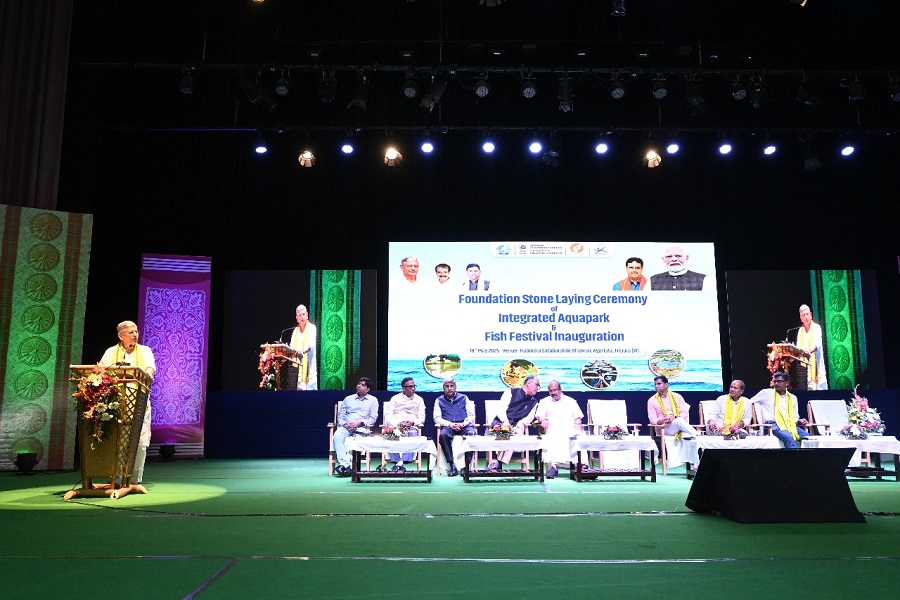Indian Farmers Shift from Soybean to Corn, Sugarcane By Amit Gupta , Kedia Advisory

India's soybean acreage is expected to decline this year as farmers opt for more profitable crops like corn and sugarcane. Soybean prices have been consistently lower than the government’s minimum support price, resulting in minimal profits. The shift is significant in key producing states like Madhya Pradesh and Maharashtra. Additionally, cheaper substitutes like DDGS are replacing soymeal in the poultry sector, further reducing soybean demand. Favorable rainfall is also encouraging sugarcane cultivation in Maharashtra. With reduced domestic output, India, the world’s largest edible oil importer, may ramp up imports of palm, soyoil, and sunflower oil from countries like Indonesia, Malaysia, Argentina, and Ukraine.
Key Highlights
* Soybean acreage in India likely to shrink this year.
* Farmers switching to corn and sugarcane for better returns.
* Soybean prices fell below government-set support price.
* Soymeal demand hit by cheaper DDGS imports.
* India may increase edible oil imports due to lower output.
India's soybean acreage is projected to decline this year as farmers increasingly favor more lucrative alternatives like corn and sugarcane. Over the past few seasons, soybean has delivered low returns, pushing farmers to reconsider their crop choices. The government’s minimum support price for soybean was set at ?4,892 per 100 kg, but market rates have trailed 10–20% below this level since the marketing year began in October 2024.
“Soybean hasn’t been profitable for years,” says Subodh Parmar, a farmer in Madhya Pradesh. “Corn offers better returns, so we're shifting to that this season.” This sentiment is echoed by the Soybean Processors Association of India, citing widespread price pressure.
Soybean is predominantly rain-fed, and while monsoon predictions are positive this year, the lack of profitability outweighs the benefits of good rainfall. Additionally, soymeal demand is waning. B.V. Mehta of the Solvent Extractors' Association highlights that the poultry industry—major soymeal consumers—are replacing it with cheaper distiller's dried grains with solubles (DDGS), which cost over 30% less.
In Maharashtra, which leads in sugar production, farmers are moving toward water-intensive sugarcane, encouraged by ample rainfall and better price stability.
This downward trend in soybean cultivation is concerning for India's edible oil industry. As the world’s largest importer of edible oils, India is likely to boost imports of palm oil from Indonesia and Malaysia, and soyoil and sunflower oil from Argentina, Brazil, Russia, and Ukraine.
Above views are of the author and not of the website kindly read disclaimer










More News

Trump`s Copper, Aluminium Tariffs Could Raise U.S. Consumer Costs by Amit Gupta, Kedia Advisory











